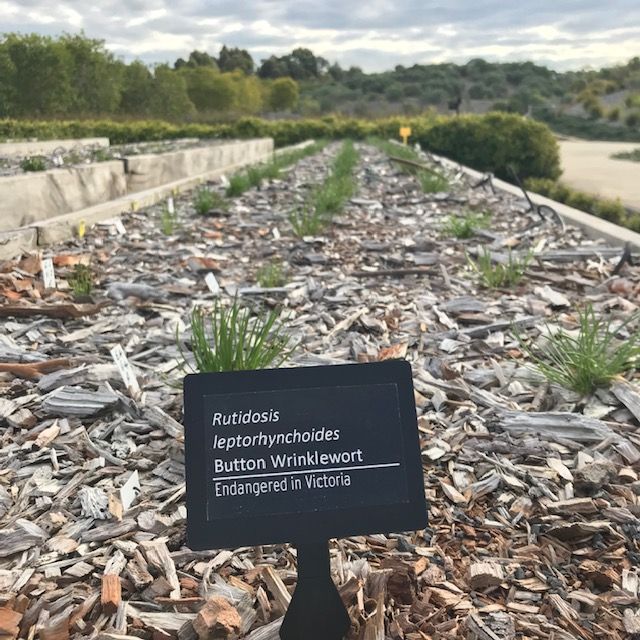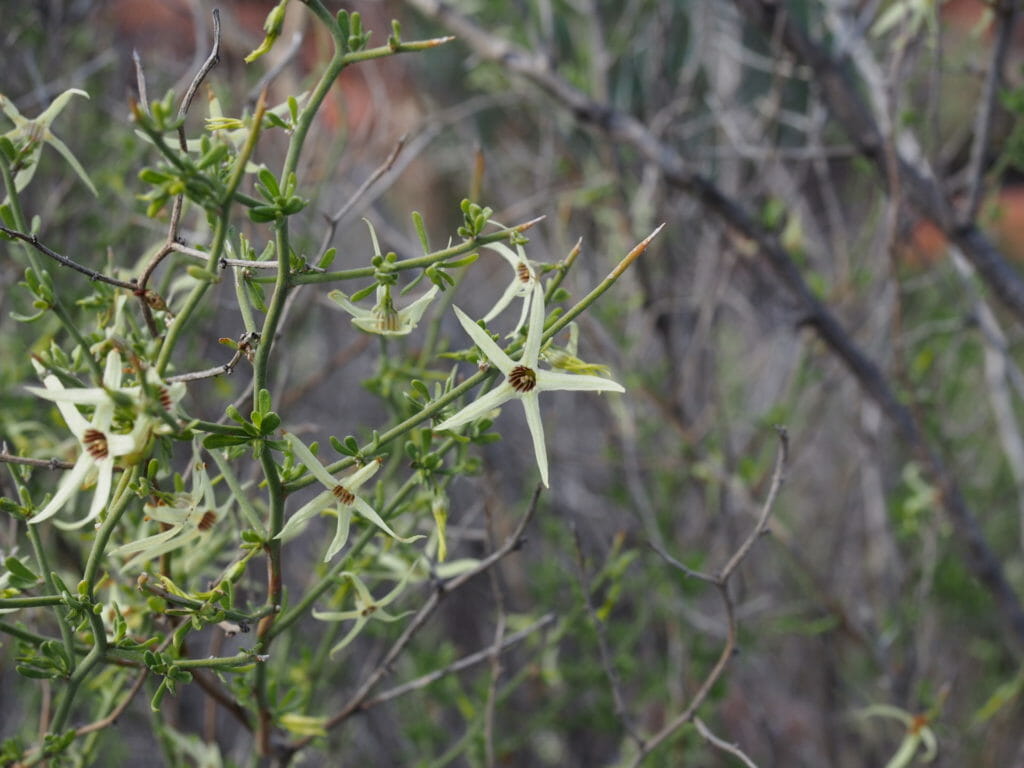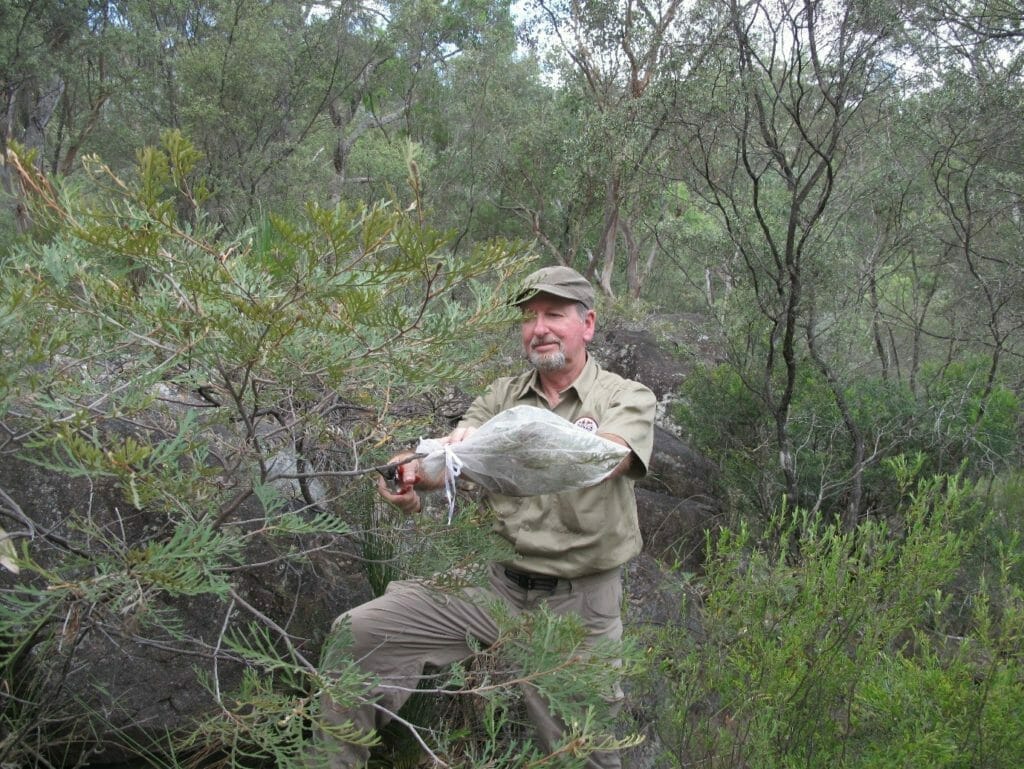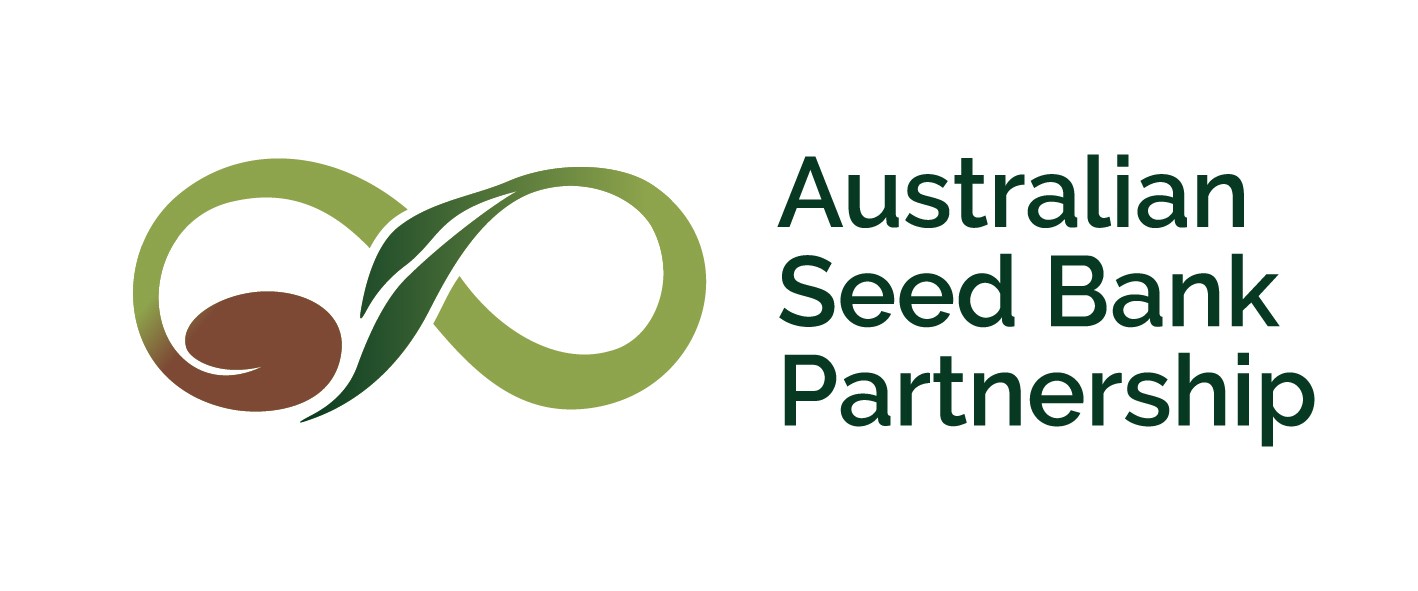The Australian Seed Bank Partnership would like to acknowledge the generous support of the UK Government to assist the Australian Seed Bank Partnership in its response to the current bushfires. So many of our unique species have their natural range within the areas impacted by these fires and it is imperative that we continue to collaborate closely with existing and new partners and associates to support bushfire recovery efforts.
This new support will enable the Partnership to make new seed collections and undertake germination research for high priority species from bush fire affected areas. Species would be selected for the impact from recent bushfires, their threatened species status, and their potential to provide critical ecosystem services that support Australia’s native wildlife.
Seed banks throughout Australia have collaborated with Kew Gardens since 2000, with capacity building, collecting and research activities continuing over the past two decades. The long-term collaboration between Kew Gardens and Australia’s botanic gardens and seed banks has been fundamental to the capabilities we see in Australia’s facilities today.
The commitment from our partners to ex situ seed conservation has enabled seed from more than 13,000 species to be secured in seed banks. Prior to the fires, these collections represented 48% of Australian native species listed as threatened throughout Australia, including 61% of threatened species listed at the national level.
However representation in seed banks does not guarantee that a species will avoid the risk of extinction completely. Ongoing research and collection maintenance is critical to ensuring each collection is able to be germinated, is stored under the correct conditions and therefore has the best chance of remaining viable when stored for long periods of time. For those species that don’t respond to traditional seed conservation techniques, additional research is needed to identify the methods most likely to result in the ability to store seed or other forms of germplasm, such as cuttings, in ex situ seed bank facilities.
The Australian Seed Bank Partnership supports seed banks in all states and territories as well as non-government organisations such as the Australian Network for Plant Conservation and Greening Australia. Working together is the best chance we have to leverage the limited resources available for plant conservation, and help communities, industry and governments to improve the chance of survival of our native species and the ecosystems on which all of us depend.
We hope our work can inspire Australians to learn about and support the conservation of Australia’s native plants through ex situ seed conservation, research and restoration.
Click the button below to watch the press conference between the Australian Minister for Foreign Affairs and the UK Secretary of State for Commonwealth and Foreign Affairs.


Anthocercis anisantha ssp. collina or Spiny Ray-flower is endemic to South Australia. The species is generally difficult to germinate with physiological dormancy and complex germination requirements. (Photo: SA Seed Conservation Centre, Botanic Gardens and State Herbarium, South Australia)

Peter Cuneo collecting seed of the endangered Grevillea beadleana at Guy Fawkes River National Park, NSW. (Photo: Royal Botanic Gardens and Domain Trust)

